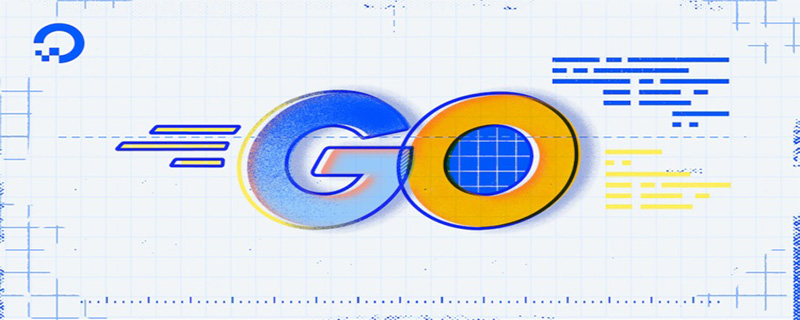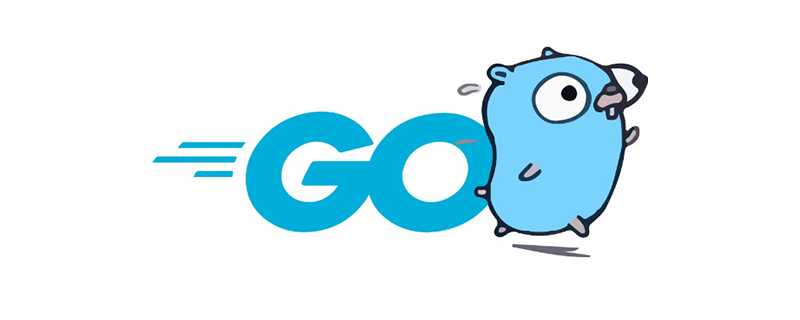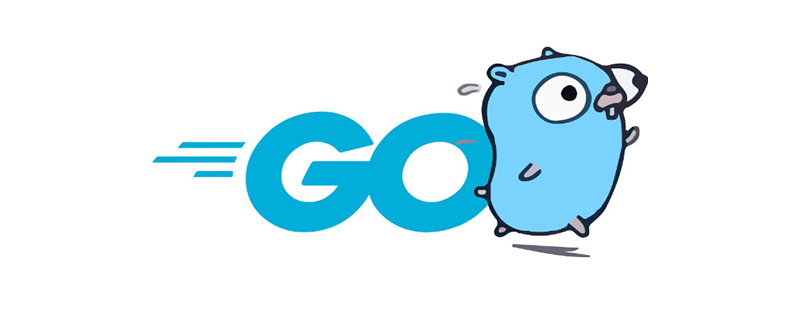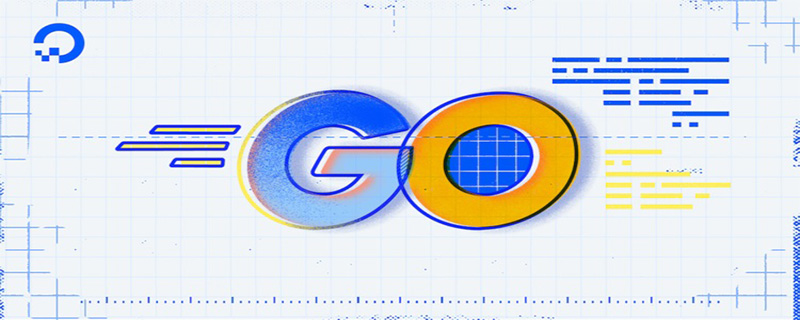 Backend Development
Backend Development Golang
Golang Exploring the underlying technology of Go language: challenging the boundaries of underlying development
Exploring the underlying technology of Go language: challenging the boundaries of underlying development
Exploration of the underlying technology of Go language: challenging the boundaries of underlying development
With the rapid development of cloud computing, big data, artificial intelligence and other fields, the need for high-performance, low-cost Latency requirements are becoming more and more urgent, and these requirements often require direct operation of computer hardware and low-level development. As a clean, concise and efficient programming language, Go language has gradually become favored by low-level developers. However, the advanced features of the Go language itself have not been fully utilized in low-level development. Therefore, exploring the underlying technology of the Go language and challenging the boundaries of low-level development has become an interesting and challenging task.
The underlying principles of Go language
The memory management of Go language is one of the cores of its underlying technology. The Go language has an automatic memory management function that manages the allocation and release of memory through the Garbage Collector. This is very convenient for most applications, but for low-level development with extremely high performance requirements, the garbage collector may cause unnecessary performance losses. Therefore, understanding the working principle of the Go language garbage collector and making appropriate adjustments according to specific needs is the first step to explore the underlying technology of the Go language.
In the field of underlying development, fine control of memory is also essential. The Go language provides the unsafe package, which contains some APIs for directly operating memory. Using the unsafe package can bypass the type system of the Go language and directly read and write memory. However, because the unsafe package brings greater risks, developers need to be extra careful when using it to ensure the safety and stability of the program.
Challenges of the underlying technology of Go language
For low-level developers, challenges often arise from an in-depth understanding of computer hardware details and the need for performance optimization. In the underlying development of the Go language, some common challenges include:
- Performance Optimization: The garbage collector that comes with the Go language may affect performance. In the underlying development Performance needs to be improved through reasonable memory management and optimization algorithms.
-
System call: Go language provides encapsulation of system calls through the
syscallpackage, but calling system calls directly may cause performance losses and needs to be handled with caution. -
Concurrency and Atomic Operations: Go language inherently supports concurrent programming, but care needs to be taken to avoid concurrency competition and data inconsistency issues in underlying development. Use the
sync/atomicpackage to perform atomic operations to ensure the atomicity of data operations. - Pointer operation: In the Go language, the use of pointers is relatively safe, but pointer operations still need to be handled carefully in underlying development to avoid wild pointers and memory leaks.
Specific code examples
The following is a simple code example to explore the application of the underlying technology of the Go language:
package main
import (
"fmt"
"unsafe"
)
func main() {
var num int = 42
// 使用unsafe包获取变量地址
ptr := unsafe.Pointer(&num)
// 将指针转换为uintptr进行数学运算
addr := uintptr(ptr) + 1
// 将uintptr转换为指针并打印值
newPtr := unsafe.Pointer(addr)
fmt.Println(*(*int)(newPtr))
}In the above code example, we use unsafe package to obtain the address of the variable and perform pointer operations, finally realizing the offset operation of the variable address. This kind of low-level pointer operation is generally discouraged, but in some low-level development scenarios, there may be certain practical requirements.
Conclusion
Exploring the underlying technology of Go language and challenging the boundaries of underlying development is a challenging and interesting task. Through an in-depth understanding of the underlying principles of the Go language, the challenges and solutions to the underlying technology, and specific code examples, we can better grasp the application of the Go language in underlying development. I hope this article can provide some inspiration and help to readers who are interested in the underlying technology of the Go language.
The above is the detailed content of Exploring the underlying technology of Go language: challenging the boundaries of underlying development. For more information, please follow other related articles on the PHP Chinese website!
 go语言有没有缩进Dec 01, 2022 pm 06:54 PM
go语言有没有缩进Dec 01, 2022 pm 06:54 PMgo语言有缩进。在go语言中,缩进直接使用gofmt工具格式化即可(gofmt使用tab进行缩进);gofmt工具会以标准样式的缩进和垂直对齐方式对源代码进行格式化,甚至必要情况下注释也会重新格式化。
 go语言为什么叫goNov 28, 2022 pm 06:19 PM
go语言为什么叫goNov 28, 2022 pm 06:19 PMgo语言叫go的原因:想表达这门语言的运行速度、开发速度、学习速度(develop)都像gopher一样快。gopher是一种生活在加拿大的小动物,go的吉祥物就是这个小动物,它的中文名叫做囊地鼠,它们最大的特点就是挖洞速度特别快,当然可能不止是挖洞啦。
 tidb是go语言么Dec 02, 2022 pm 06:24 PM
tidb是go语言么Dec 02, 2022 pm 06:24 PM是,TiDB采用go语言编写。TiDB是一个分布式NewSQL数据库;它支持水平弹性扩展、ACID事务、标准SQL、MySQL语法和MySQL协议,具有数据强一致的高可用特性。TiDB架构中的PD储存了集群的元信息,如key在哪个TiKV节点;PD还负责集群的负载均衡以及数据分片等。PD通过内嵌etcd来支持数据分布和容错;PD采用go语言编写。
 go语言能不能编译Dec 09, 2022 pm 06:20 PM
go语言能不能编译Dec 09, 2022 pm 06:20 PMgo语言能编译。Go语言是编译型的静态语言,是一门需要编译才能运行的编程语言。对Go语言程序进行编译的命令有两种:1、“go build”命令,可以将Go语言程序代码编译成二进制的可执行文件,但该二进制文件需要手动运行;2、“go run”命令,会在编译后直接运行Go语言程序,编译过程中会产生一个临时文件,但不会生成可执行文件。
 go语言是否需要编译Dec 01, 2022 pm 07:06 PM
go语言是否需要编译Dec 01, 2022 pm 07:06 PMgo语言需要编译。Go语言是编译型的静态语言,是一门需要编译才能运行的编程语言,也就说Go语言程序在运行之前需要通过编译器生成二进制机器码(二进制的可执行文件),随后二进制文件才能在目标机器上运行。
 golang map怎么删除元素Dec 08, 2022 pm 06:26 PM
golang map怎么删除元素Dec 08, 2022 pm 06:26 PM删除map元素的两种方法:1、使用delete()函数从map中删除指定键值对,语法“delete(map, 键名)”;2、重新创建一个新的map对象,可以清空map中的所有元素,语法“var mapname map[keytype]valuetype”。


Hot AI Tools

Undresser.AI Undress
AI-powered app for creating realistic nude photos

AI Clothes Remover
Online AI tool for removing clothes from photos.

Undress AI Tool
Undress images for free

Clothoff.io
AI clothes remover

AI Hentai Generator
Generate AI Hentai for free.

Hot Article

Hot Tools

EditPlus Chinese cracked version
Small size, syntax highlighting, does not support code prompt function

Dreamweaver CS6
Visual web development tools

WebStorm Mac version
Useful JavaScript development tools

SublimeText3 Mac version
God-level code editing software (SublimeText3)

DVWA
Damn Vulnerable Web App (DVWA) is a PHP/MySQL web application that is very vulnerable. Its main goals are to be an aid for security professionals to test their skills and tools in a legal environment, to help web developers better understand the process of securing web applications, and to help teachers/students teach/learn in a classroom environment Web application security. The goal of DVWA is to practice some of the most common web vulnerabilities through a simple and straightforward interface, with varying degrees of difficulty. Please note that this software








